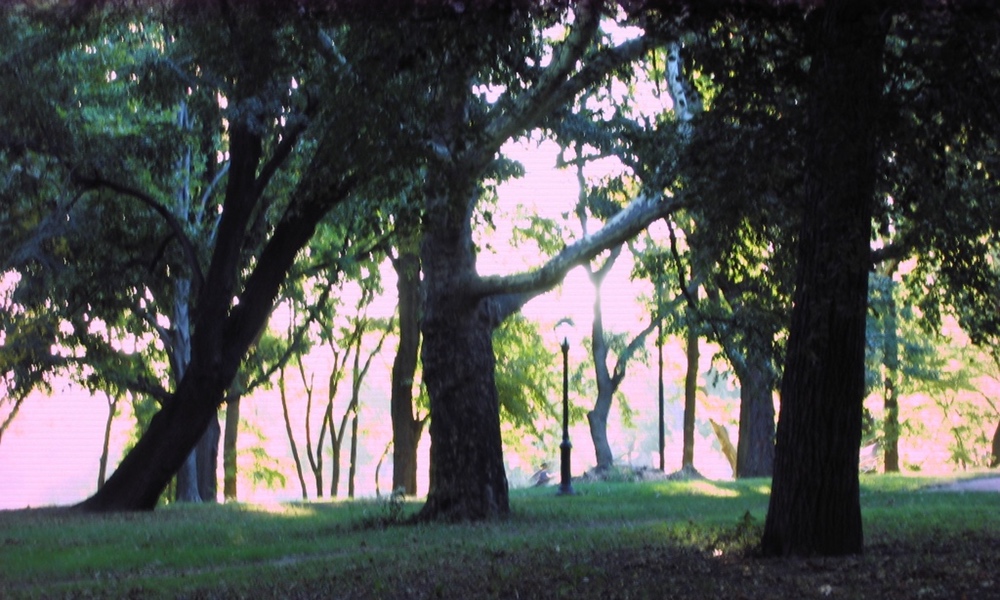Take a short trip to the park and you'll probably leave in a better mood than the one you came in with. The latest study to support this idea comes from an unusual source — an analysis of tweets.
The tweets from over 4,000 people who had visited at least one of 160 San Francisco parks during a two and a half month period in 2016 provided evidence of an improvement in mood that was about as strong as that seen on Christmas, the happiest day of the year for many. The tweets made inside the parks were compared to those made outside.
Using a Hedonometer, a tool that measures the sentiment of people's Tweets by analyzing the words in them, researchers from the University of Vermont found a rise in happiness of 0.23 points when people were in the parks. This is equivalent to the general rise seen in all tweets that are made on Christmas Day.
Big park or small park, it didn't matter; people's tweets were happier. But the effect was much stronger in large parks with extensive tree cover and vegetation.The improvement in mood that was about as strong as that seen on Christmas, for many, the happiest day of the year.
Nature's benefits are often measured in dollars and cents. But study co-author, Taylor Ricketts, a professor in the University of Vermont's School of Environment and Natural Resources and Director of the University's Gund Institute for the Environment, reminds us that can be a shortsighted approach: “A big focus in conservation has been on monetary benefits — like how many dollars of flood damage did we avoid by restoring a wetland? But this study is part of a new wave of research that expands beyond monetary benefits to quantify the direct health benefits of nature. What's even more innovative here is our focus on mental health benefits — which have been really underappreciated and understudied.”
The idea of parks as an essential provider of urban healthcare is supported by other research as well. Yet many parks continue to struggle for adequate funding.
The results are based on a sample of Twitter users who were willing to share their location information with outsiders and who may not be representative of the general population. At the same time, they may be more typical than you might expect, given that even three years ago, 24 percent of online adults were active Twitter users.
Twitter user or not, it's another example of a trip to the park as the medicine that makes us feel better.
For more details, see the study, which is published in the open access journal People and Nature.





